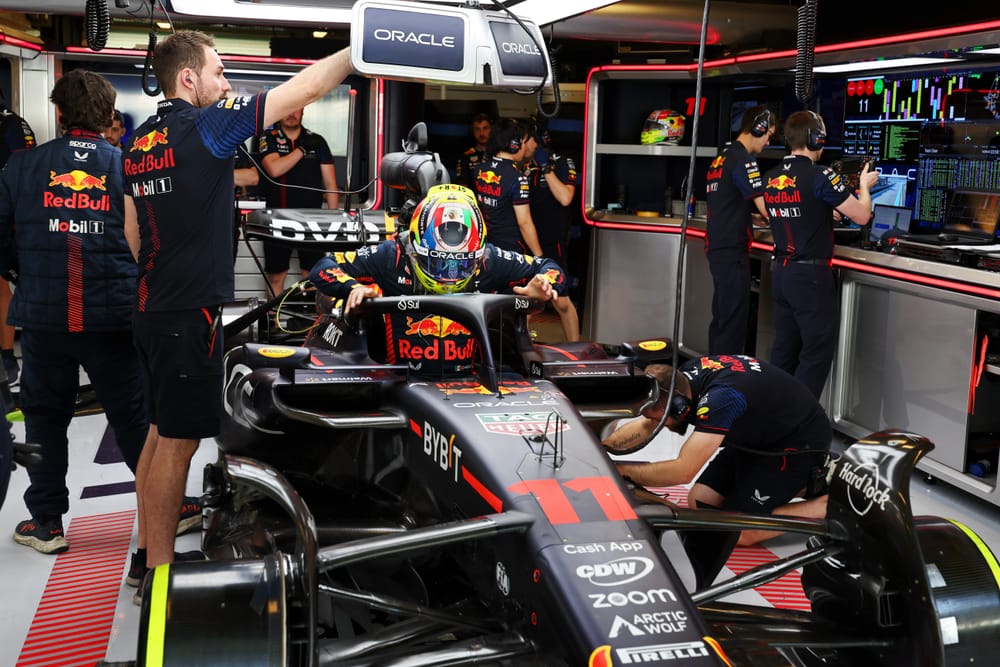Up Next

Speaking after his final day of work in the Red Bull RB19 in the post-Abu Dhabi Grand Prix test, Sergio Perez was happier to see the back of one of the most dominant cars in Formula 1 history than you might expect.
And all because it was the end of an experience all-too-familiar to drivers who have the misfortune to be team-mates to all-time greats like Max Verstappen.
Perez had just spent his last 117 laps in the car focusing on his own driving and set-up work to feed into what he calls the “homework” he hopes will pay off with a strong season in 2024.
“It’s been dominant for Red Bull, yes, but it was quite tough for me,” said Perez when asked if he would miss the RB19.
“I’m sure we’re going to have a great car again next year, hopefully a little bit nicer balance on my side and hopefully we can keep this domination going as a team.”
THE 'TURNING POINT' THAT UNDID PEREZ AGAIN
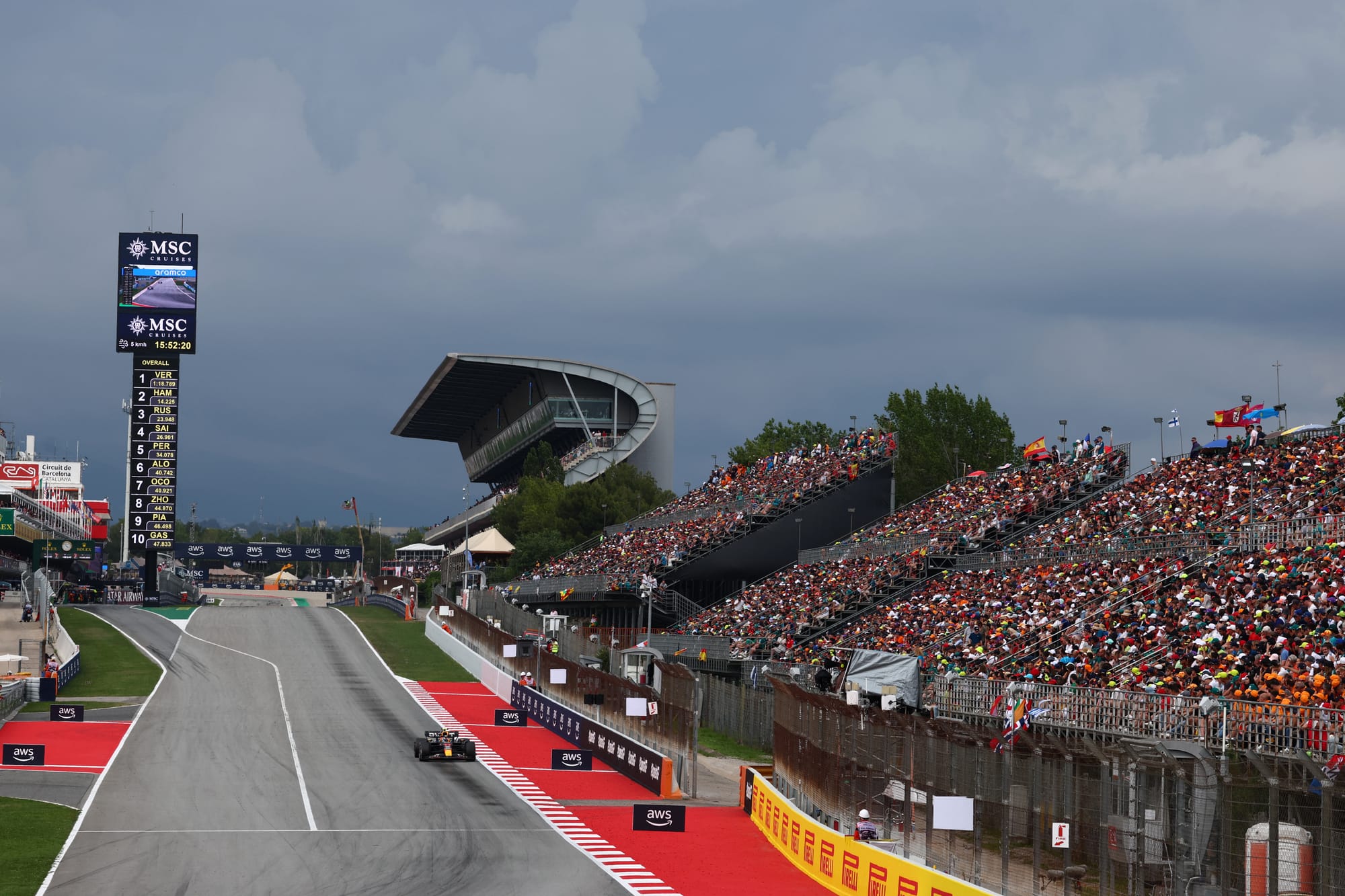
There’s an implied, unstated ‘and I’ll get a bigger slice of it’ from Perez reflecting how as the RB19 improved to have a higher performance ceiling, his capacity to extract the most from it was reduced.
It's a painful trajectory drivers in his situation endure time and again.
Perez referenced the Spanish Grand Prix weekend as “a turning point” in his campaign.
A glance at the points table might suggest that was the weekend before in Monaco as his blank after crashing at Ste Devote in Q1 meant Verstappen opened up a 41-point lead.
Mathematically, it's a reasonable assumption, but Perez was talking car dynamics not numbers.
“Max has done a tremendous job, no credit should be taken away from the season that he has done,” said Perez during the Qatar Grand Prix weekend, two days before Verstappen’s inevitable coronation in the sprint race.
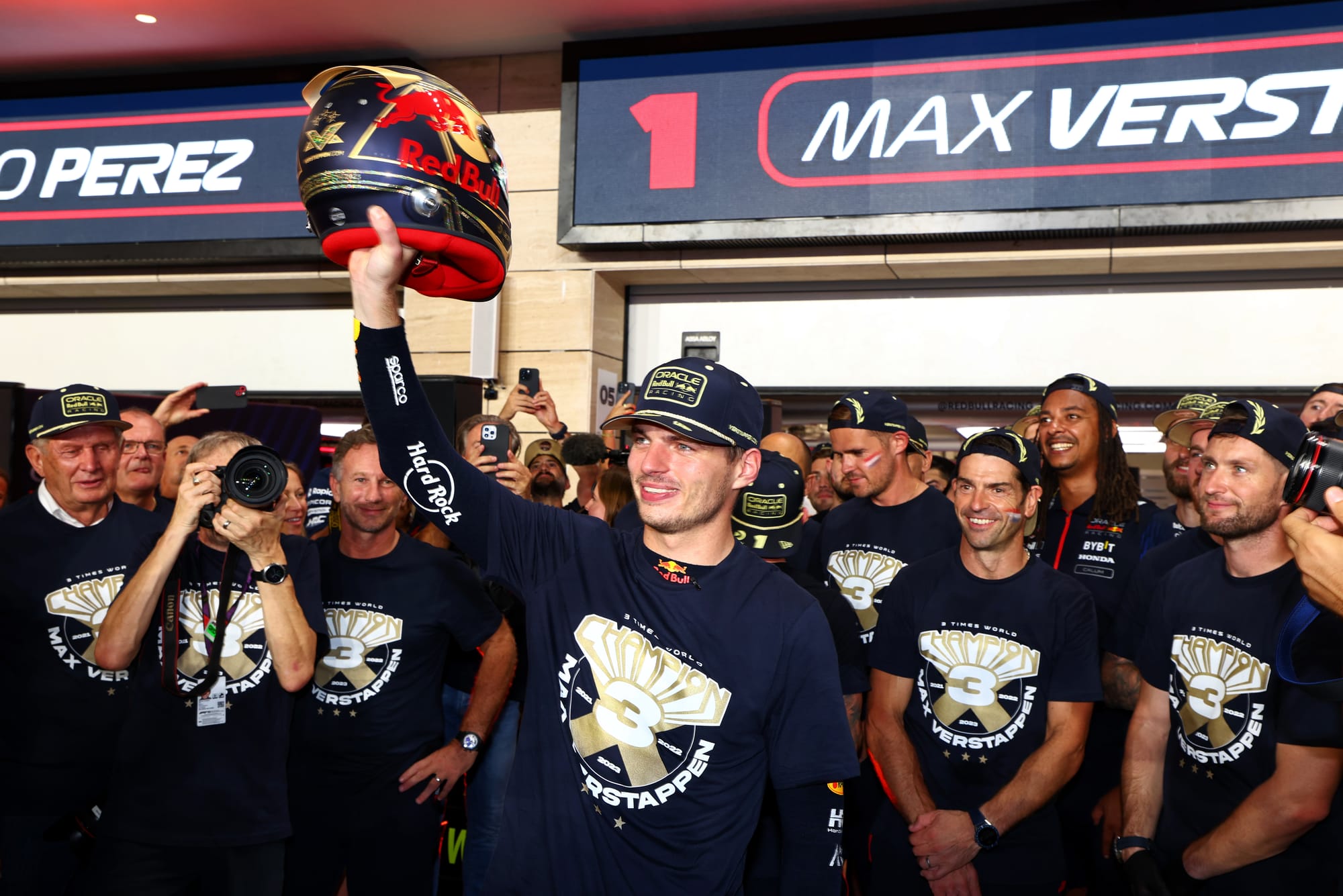
“He’s driven on another level compared to anyone else and that’s something I have a lot of respect for.
“From my side, I feel like Barcelona was quite a turning point, my weekends were starting to become…I was always chasing the weekend.
"Sometimes, you have weekends where things are coming a lot more naturally and you are just two or three steps ahead.
“Since Barcelona, I was starting to struggle and have some deficits with the car.”
A CAR THAT ONLY VERSTAPPEN SEEMS ABLE TO EXPLOIT
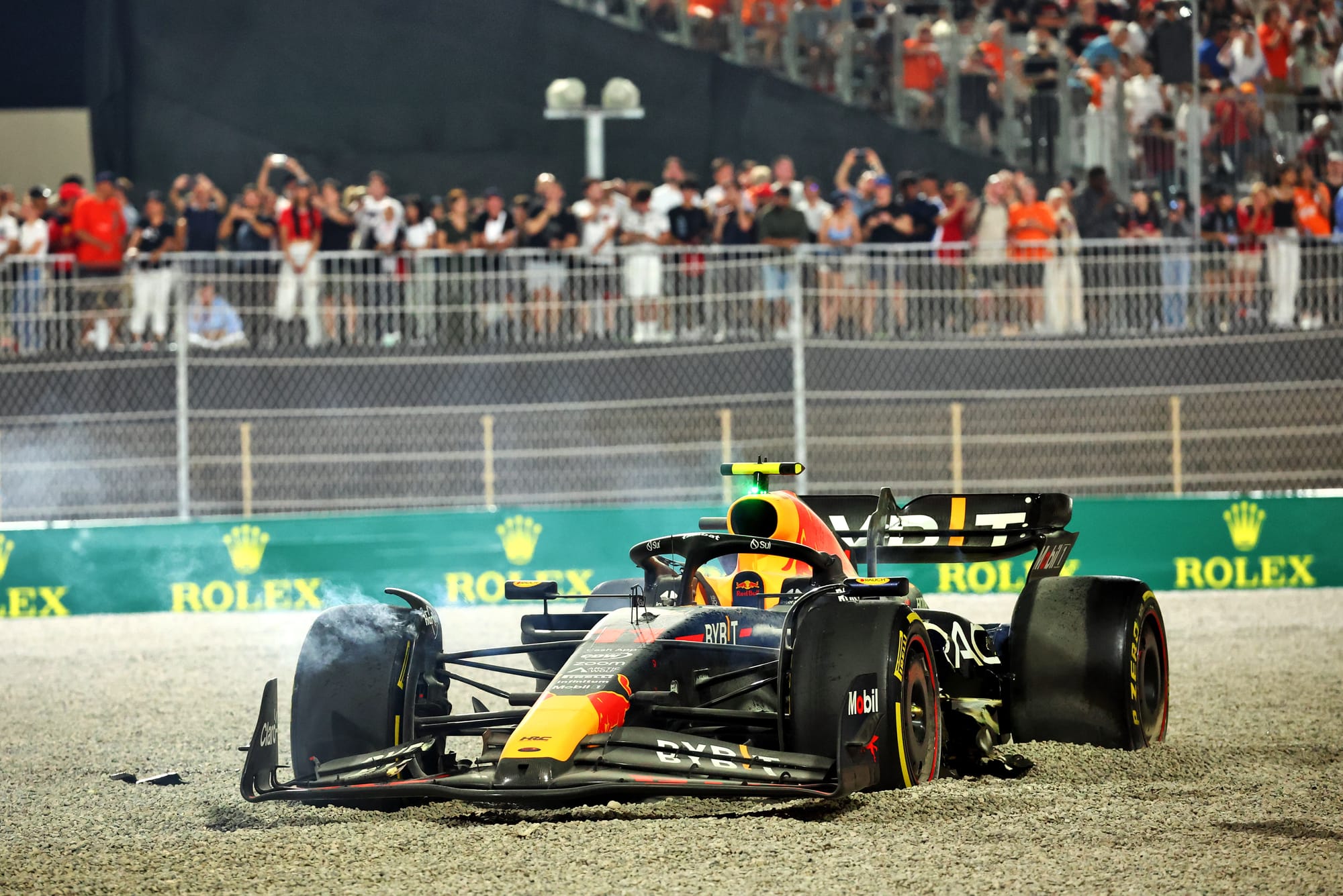
This reflects what is widely characterised as the development direction favouring Verstappen and making life more difficult for Perez.
However, this is an oversimplification.
It’s true insofar as it reflects the classic trend of the lead driver in a top team, which is almost always whoever is the stronger outside of those brief transitional periods when an incomer is wresting the upper hand, dictating the development direction.
But as Verstappen himself has said, his approach is simply “I just say design me the fastest car and I’ll drive around that”.
While it’s obvious to anyone who listens to his feedback over the radio that he also has clear ideas of any limitations needing to be tackled to extract more pace, it encapsulates the fundamental truth of the very best drivers expanding the window a car can be put in in terms of characteristics.
The strong front end and pointy turn-in characteristics favoured by Verstappen are, very broadly speaking, usually the way to get the fastest laptime.
However, that is dependent on the car being able to deliver those characteristics consistently and controllably.
The driver feeds into that process as rear-end controllability and stability/instability is not an absolute, but in the eye of the beholder.
THE HISTORICAL PARALLEL THAT HURTS PEREZ
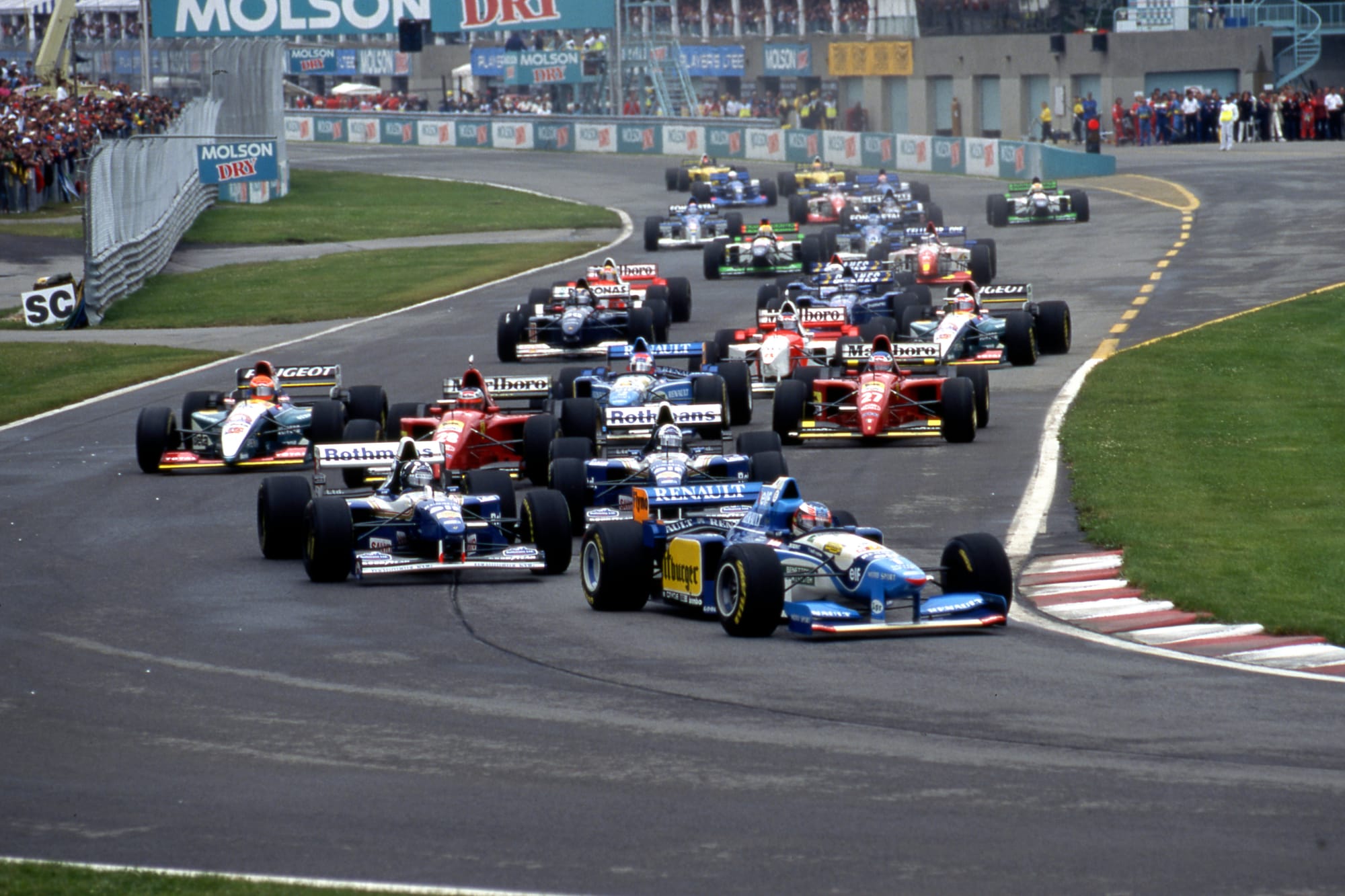
Like Michael Schumacher, Verstappen is particularly adept at driving a car with this kind of characteristic.
Johnny Herbert, Schumacher’s Benetton team-mate in late 1994 and throughout ‘95, characterised the problem of controlling the car once it has very shapely turned in as “there’s no computing it and you are lost”.
That’s indicative of a car in a condition a great driver can deal with but ‘merely’ a very good one cannot.
In short, the reason Perez can’t deal with the car and Verstappen can extract the pace is the latter is preternaturally talented.
Verstappen literally makes the car better because those designing it can put it into a faster, but trickier, window.
If you have the driver who can deal with it, why wouldn’t you?
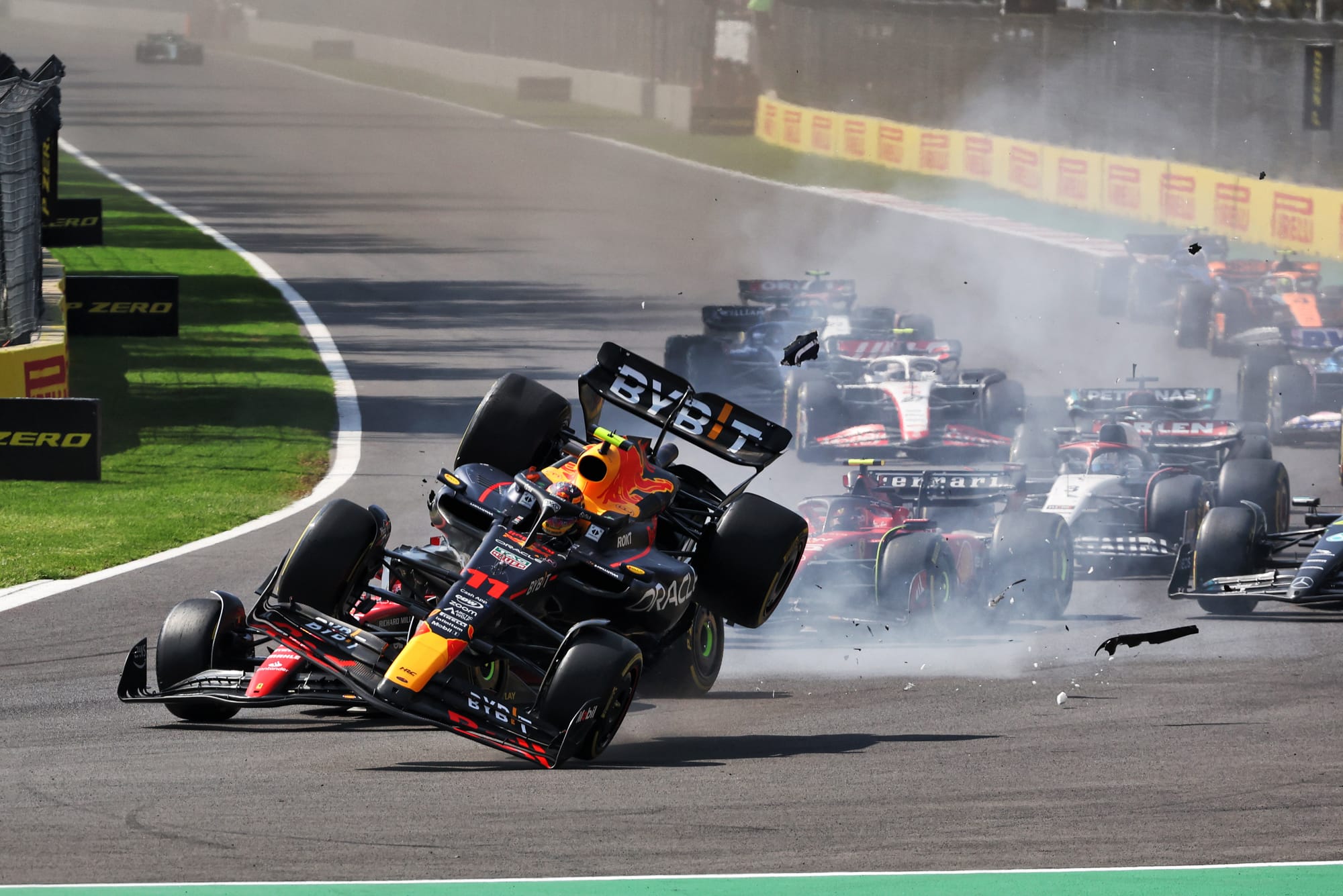
If not, you are limiting your performance potential in the same way as if you limited yourself to lower revs than the opposition.
To expand the engine analogy, you might only do that if it made your engine explode - but in this faster condition, Verstappen’s in a happy place and doesn’t blow up.
That alone doesn’t explain why Perez was so much better relative to Verstappen early in the year than he was later.
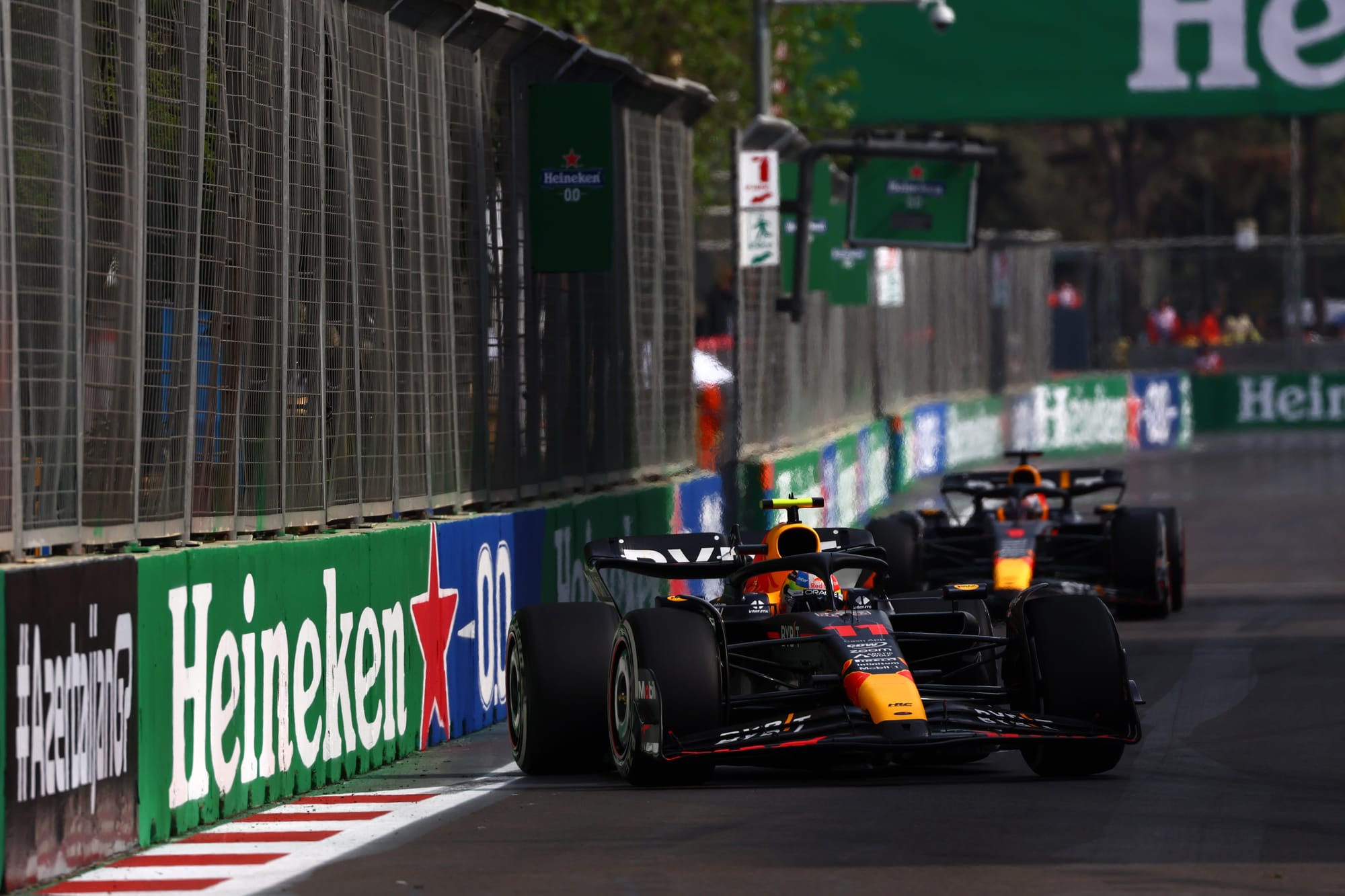
This is simply part of the process and again is seen historically as it usually takes a little time to understand the car and how to get the best out of it.
Verstappen has repeatedly referred to his experience while unsuccessfully trying to chase down Perez for the lead in Baku, having dropped behind thanks to making a pitstop just before the safety car was deployed.
Verstappen played around with differential settings and the like from inside the car and this unlocked a greater understanding that then propelled him to unparalleled heights for the rest of the season.
HOW PEREZ'S DEFICIT GROWS ON FAST CIRCUITS
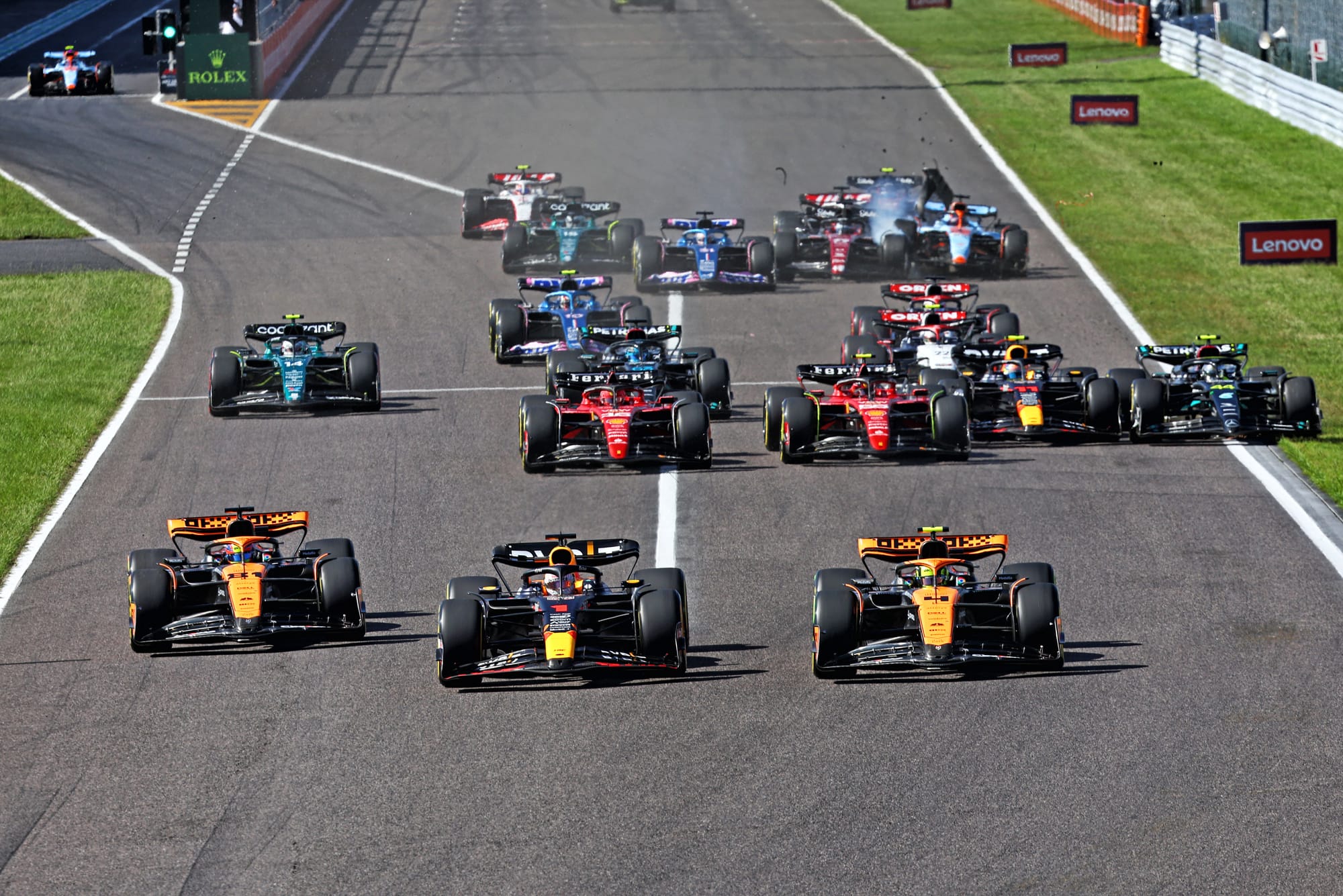
Verstappen also spoke of his preference for driving the RB19 on faster circuits, on which usually the gap between Perez and Verstappen is more substantial.
There are multiple effects at play here. On a street track, being a little lazier on turn-in and slightly more front-limited, as Perez prefers, can be a good thing - or at least, isn’t at a disadvantage.
Once onto more traditional circuits, this difference can be felt. But the car is also being understood and evolving to allow the stronger driver to access greater performance.
There’s also a multitude of tools available to the driver that can be adjusted to optimise the behaviour of the car and Verstappen understood how to use those potential combinations to good effect as that Baku race progressed.
In the five years Valtteri Bottas spent alongside Lewis Hamilton at Mercedes, often he would start the season looking better compared to Hamilton than he would later on in terms of pace.
And that often went hand in hand as the Mercedes evolved and was refined to be faster but demanding of greater precision on turn in and braking to extract greater pace.
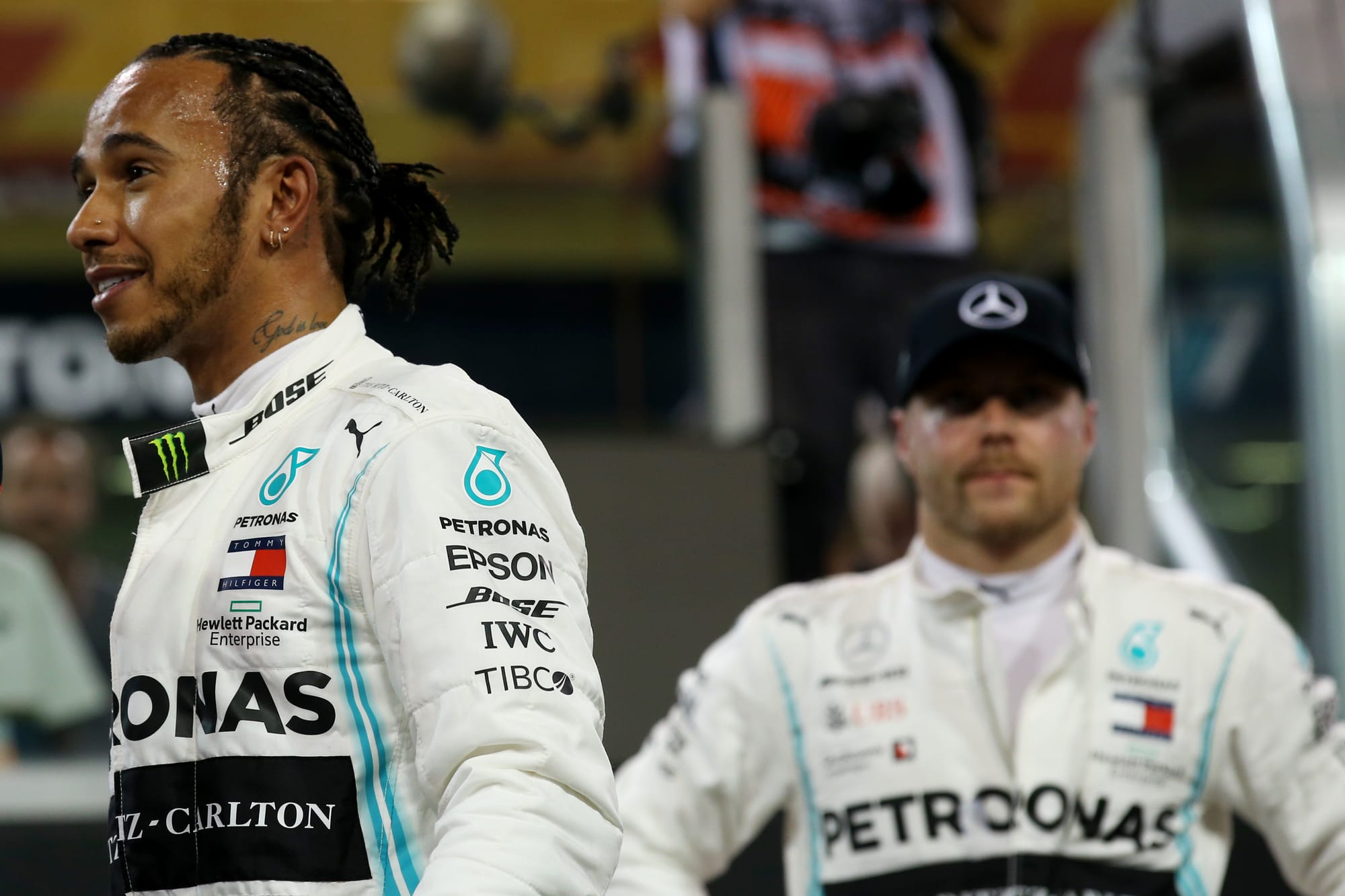
It was perhaps a gentler trend, but there nonetheless.
Similarly, you could cite the example of Sebastian Vettel against Mark Webber at Red Bull.
When the exhaust-blown downforce was working, Vettel could extract astounding pace out of a car that turned in so decisively that he could make deliver the rear grip and predictability he needed to get the most out of the car.
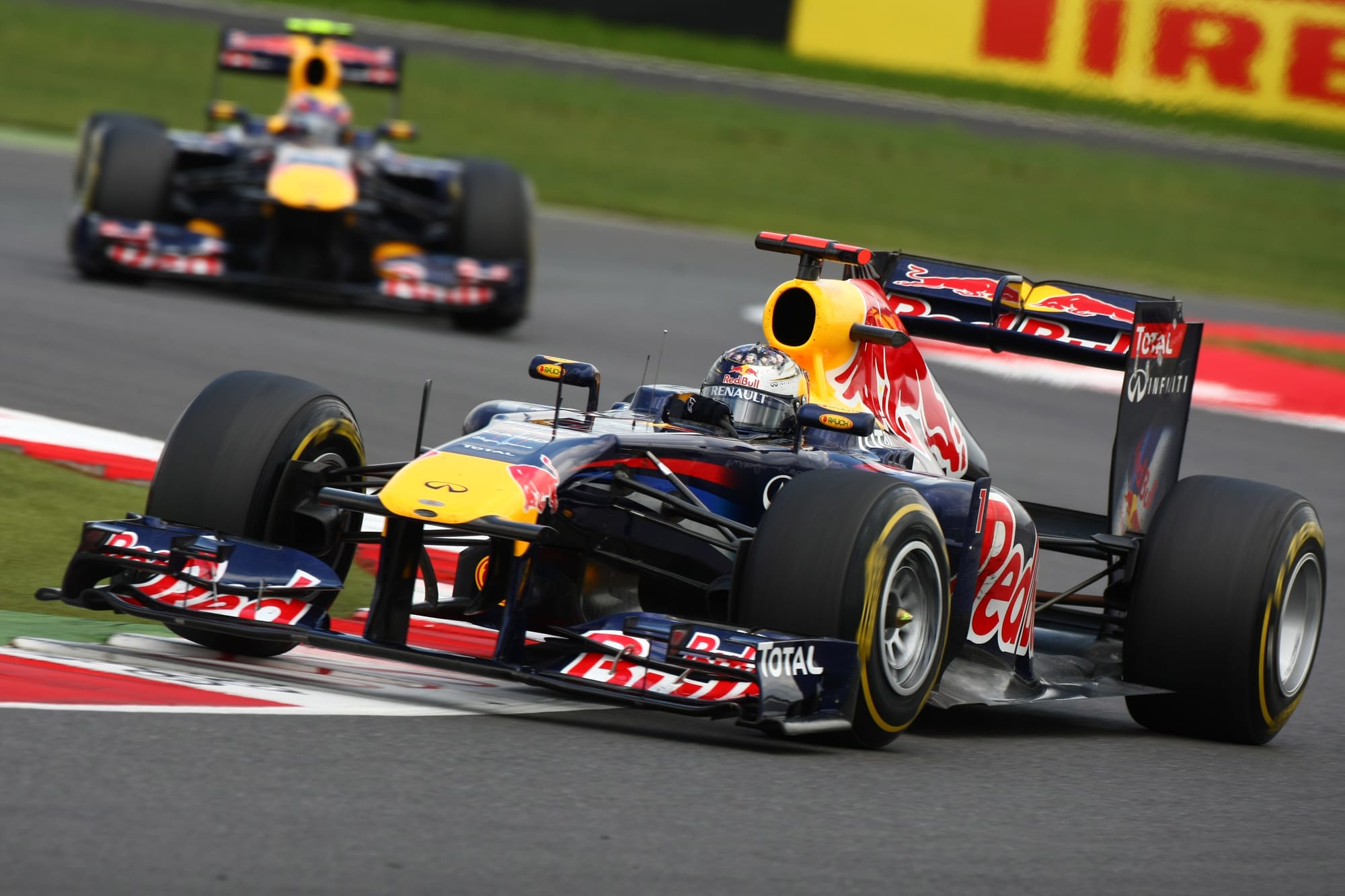
Later in his career, Vettel sometimes found himself pushed into a place where the rear controllability simply wasn’t there.
Similarly, Verstappen’s two previous team-mates - Alex Albon and Pierre Gasly - are both drivers who generally like a decisive turn in, but found the pointiness Verstappen could deal with too extreme a manifestation of that.
The exact manifestation of the car characteristics varies with each example, but the fundamental truth is the great drivers can just access laptime in difficult-to-access places.
HOW PEREZ MADE THINGS WORSE FOR HIMSELF
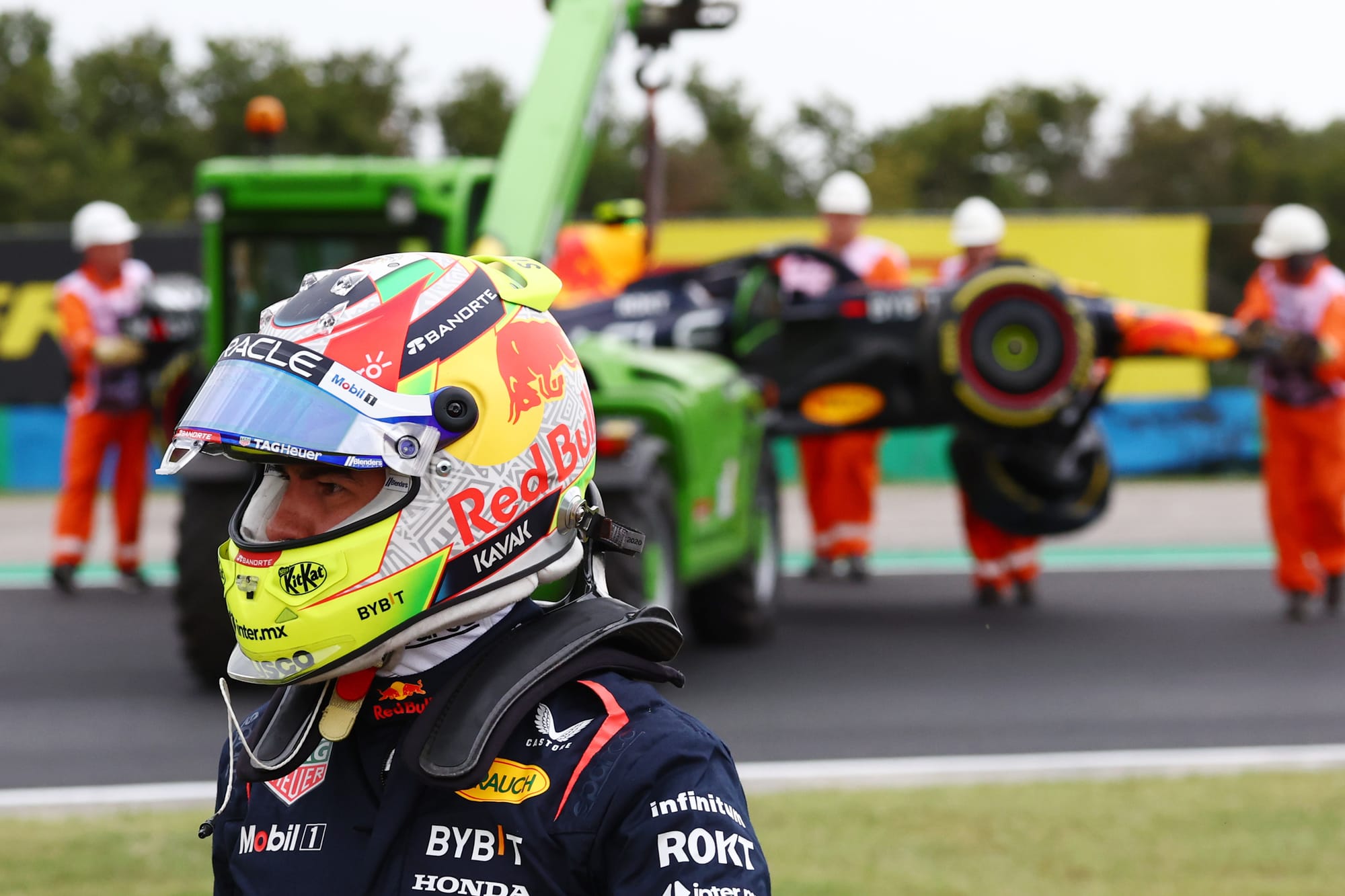
As Verstappen was able to access more performance, so Perez’s confidence was battered.
This wasn’t helped by his understandable determination to push for the world championship.
Those aspirations were dealt an initial blow in Miami, where Perez couldn’t repeat his Saudi Arabia and Azerbaijan feats of keeping Verstappen at bay once in the lead having started from pole.
And that started the trajectory that led to that turning point in Barcelona.
Perez’s natural reaction was to try and push himself to do what Verstappen could do.
That appeared to amplify his problems as rather than focusing on making the car work was well as he could for himself, he was likely putting himself into places that he didn’t have the characteristics to deal with.
Perez's crash in Hungary on his first flier in FP1 had the air of trying to emulate Verstappen’s hit-the-ground running pace at the start of weekends and exemplifies Perez’s troubles.
So what conclusion can we draw from this? Firstly, it’s clear Perez is simply not as good a grand prix driver as Verstappen is.
That’s hardly condemning him given Verstappen is undoubtedly an all-time great.
Perez is a very capable F1 driver with a long and impressive CV, one that deserves a huge amount of respect.
He heads into the uncertainty of 2024 knowing he needs to change something to have any chance of staying on at Red Bull in ‘25 and perhaps even avoid being replaced mid-season given the company’s known brutality with underperforming drivers.
The way to do that would likely be to play to his strengths, focus on doing what he does well and maximising the performance within that.
He’ll generally be slower than Verstappen, but it’s better than fumbling for something that isn’t there and descending into another negative spiral.
HOW PEREZ CAN UP HIS GAME IN 2024
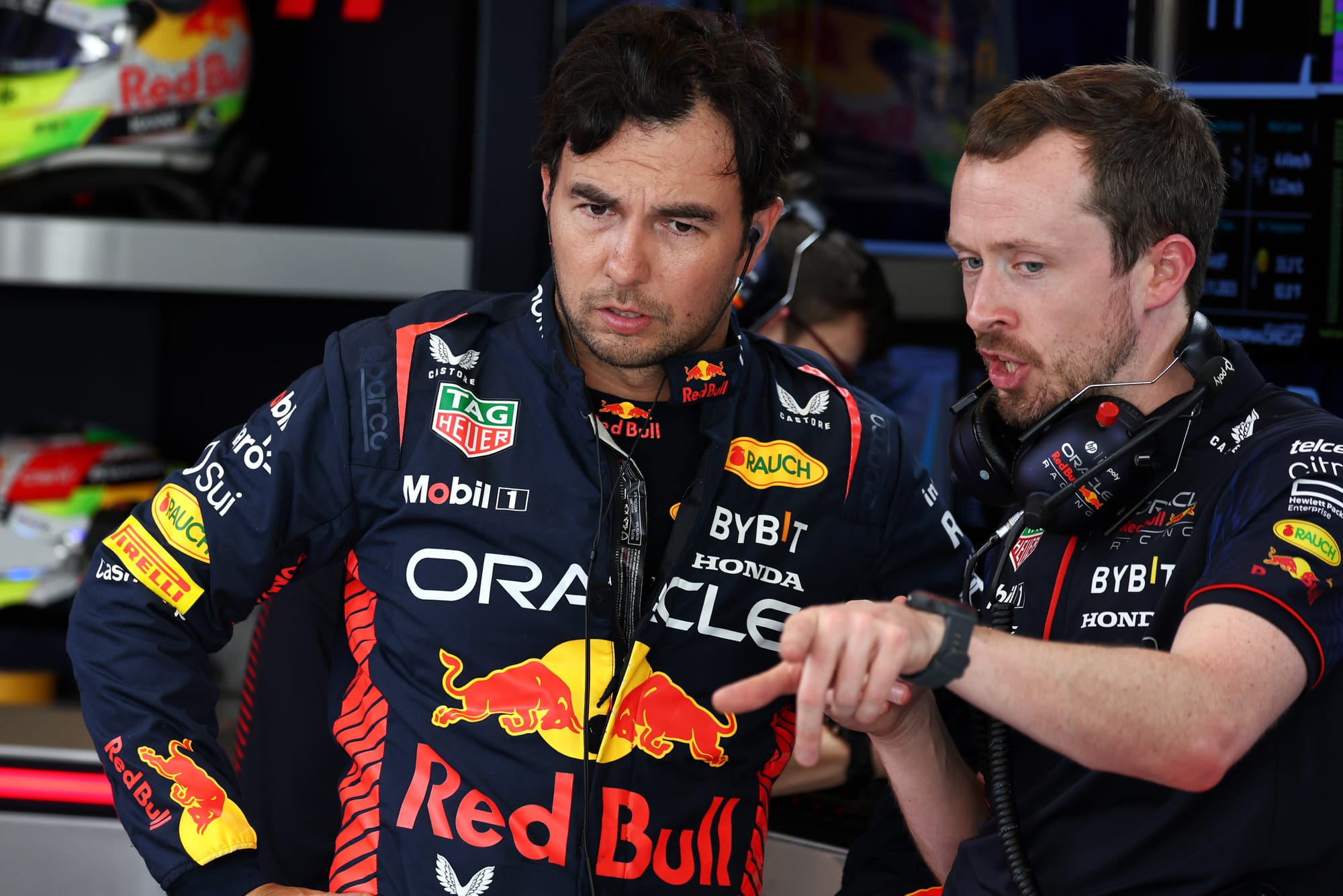
Before in-season testing was banned in 2009 (something that largely remains still in place despite tyre tests and the sporadic appearances of tests during the campaign) Perez could have done what he did in Abu Dhabi in the middle of the season.
Perhaps the penny would have dropped quicker and he’d have had a better 2023 season.
The Race asked him exactly that after the final test in Abu Dhabi.
“It would have been a lot different, yes,” says Perez. “Obviously, these days you don’t have any testing and then in the testing you are so restricted with the things you can play around and with the time and the tyres.
“But I think overall I’m grateful for the difficult season I had because it teached (sic) me a lot about the car, about the philosophy of Red Bull, understanding a lot more the concept of the car and I really hope that this will pay off next year.”
Perez’s best hope is that he understands how to extract the best performance from himself within car characteristics that will likely be similar.
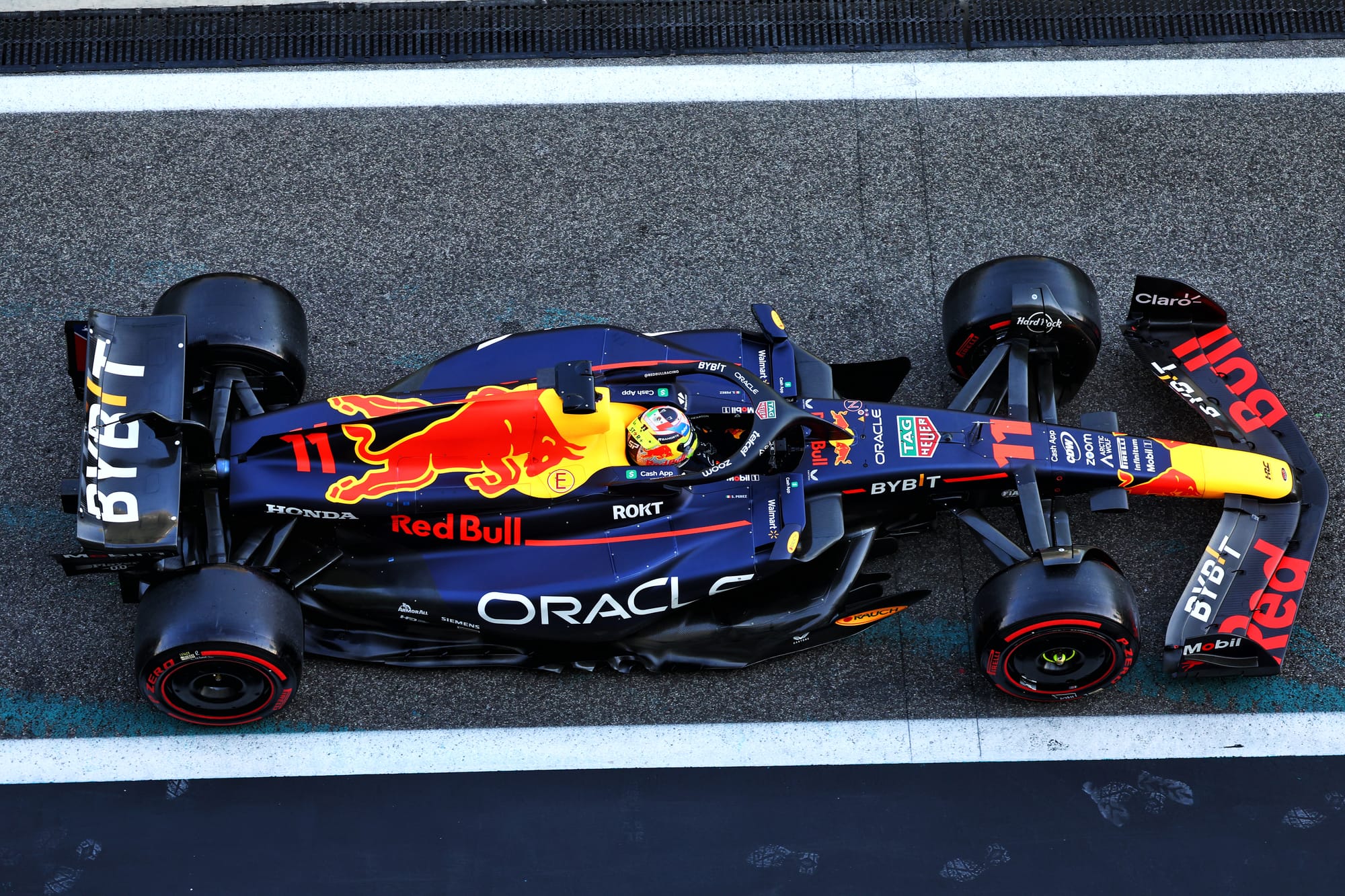
Red Bull is sincere in its willingness to do everything it can to help Perez because it doesn’t need to ‘protect’ Verstappen as the different levels of the two drivers will do that.
The question is whether Perez can get the mindset right do that.
If he can, it’s far from impossible he could become the ideal number two he was expected to be when originally signed by Red Bull, and then book himself in for a longer stay at the team.
But it is incredibly difficult. To accept that what’s best for them might effectively mean accepting their team-mate will generally be quicker is anathema to a racing driver and requires enormous mental strength.
And to do so without effectively ‘quiet quitting’ and just settling into a comfortable number two role and dropping further back is also challenging.
That is what Perez needs to do to get the most from himself and ensure he has a better season.
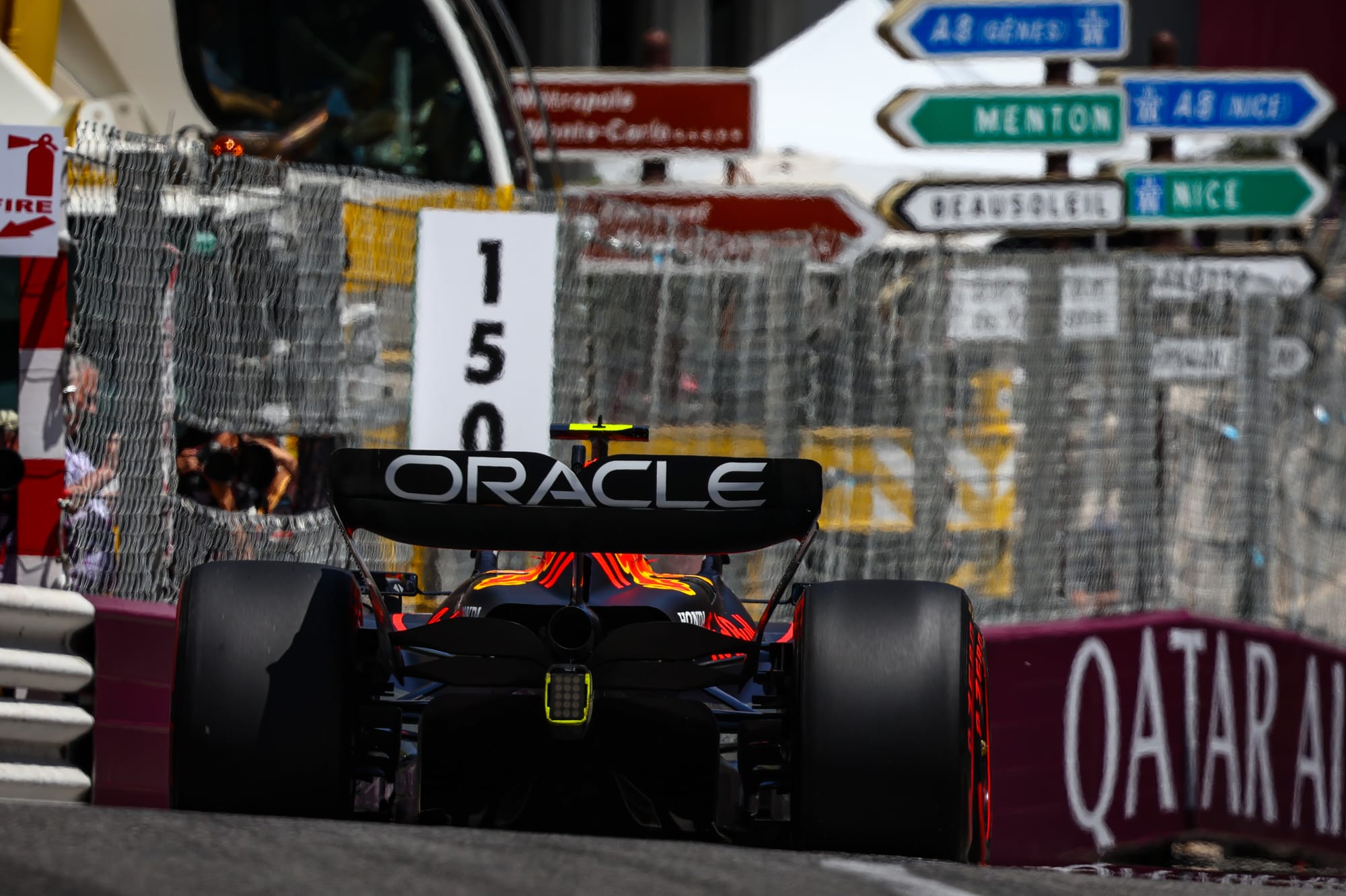
As history tells us, in his situation the story will always be similar, with a stellar team-mate simply able to push the car into trickier territory and extract the benefits of that increased performance.
However, the driver is in control of how well or badly it goes within that limitation and he can get more out of himself.
There’s no reason why Perez can’t be a solid, bankable, consistent number two who can make a bigger contribution to Red Bull than he did in 2023.
And that could be crucial in a closer title fight.


